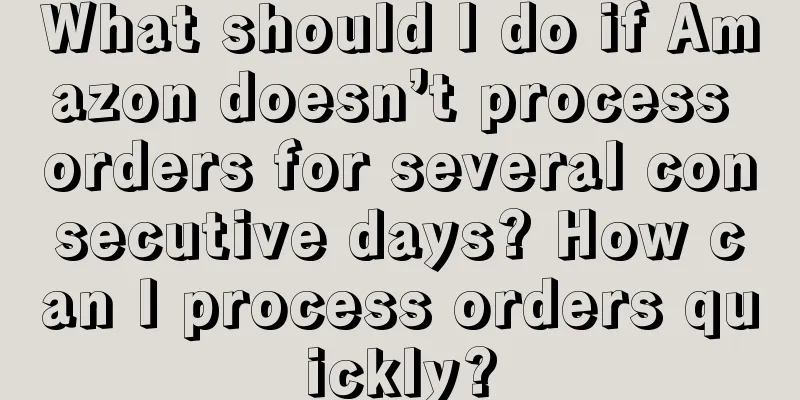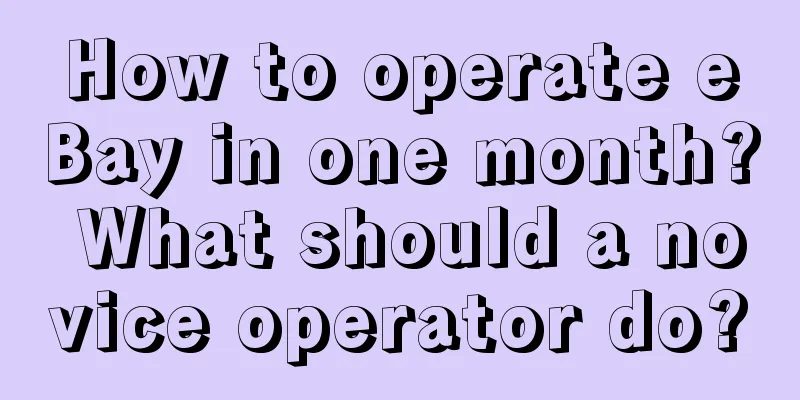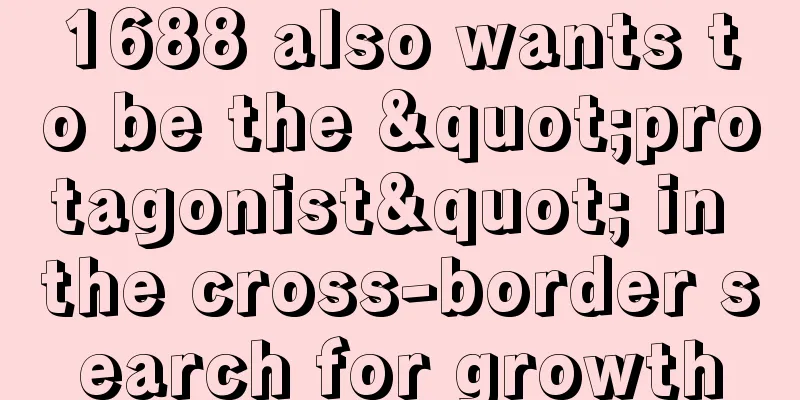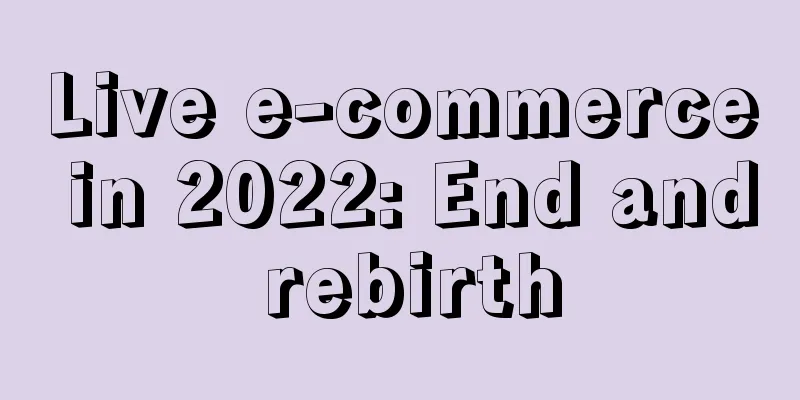Without products, there is no growth.
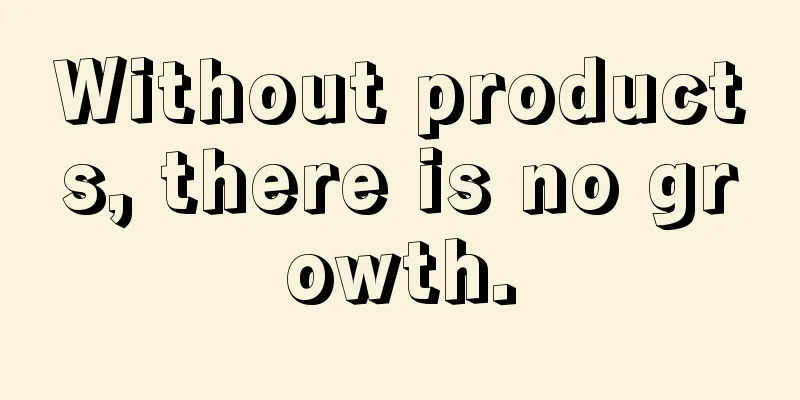
The development history of an industry is the development history of product features and benefits, and even more so the differentiation history of product features and benefits. Products are industries, and industries are products. For enterprises and organizations, no matter how many businesses you have, they should essentially revolve around one thing. From the perspective of the organization, it is called a business, and from the market perspective, each business should be part of the market value and customer value. The resources of an enterprise are always relatively limited. No enterprise has so many resources that they don't need to be focused. Focusing on one thing or one thing means focusing the resources of the enterprise and concentrating on doing big things. So what is the so-called one thing or one thing? To answer this question, we should return to the basic questions and basic concepts - what problems do we want to solve and what value can we bring, rather than simply doing addition and subtraction - adding business segments when things are good and subtracting business segments when things are bad. What problem do we want to solve? This is actually the ultimate question about the meaning of the existence of enterprises. For Jack Ma, it is to make it easy to do business in the world; Musk said that he wants to liberate all mankind. What problems we want to solve is a choice made based on the company's current capabilities, resources, and endowments. What problems we can solve is based on what problems we want to solve. On this basis, whether the business can be reorganized and how the business can be presented, in the final analysis, once the product issues are clear, the business can start thinking. Enterprise business is complicated and each department has its own interests. Whether it can be merged into one line is not only a business-level thinking, but also an iteration of cognition. As a business owner, you need to pay special attention to those decisions in your business - the critical few. Only when we think deeply enough about the key few decisions, can we make other decisions easily - or even fail by ourselves. On the contrary, if we do not think deeply about the key few decisions, we will always be solving problems instead of solving them - what problems do we want to solve? What problems can we solve? How should our business be combined? How should our products be presented? 1. Category starterFirst, start with the category and find the big picture of the business: The category problem is not just a product problem, but also a market and business situation problem. The starting point of a business should be a big market, because a big market can lead to big business - a big market is the foundation and premise of a big business. Without this premise and foundation, you will find it increasingly difficult to make ends meet. When you are stretched to the limit, you will find that you made a mistake from the beginning - it is easy to make a big splash, but it is quiet and silent for you to make a big mistake. The same product will have different market territories if you have different ideas about its category concept. Sometimes this difference is not the difference between 1 and 10, but a tragedy of heaven and earth. For this reason, when people ask me how to make products, I usually ask what your category is and what you think your category should be. Many times, our thinking about products and categories is far from enough, or even wrong. Create a category or occupy a characteristic. Have you created a category or occupied a characteristic in a category? There are two types of businessmen in this world. One type understands business and does business. They believe in rules and know that business has no past tense or perfect tense, only present tense. What kind of cognition leads to what kind of behavior, so they know what happened in the past means. There is also a kind of people who do business for the sake of business, but in fact they do not understand what business is, and simply treat trading as business and turn trading into business. What is business? Have you created a category or occupied a characteristic in a category? If you still don’t understand what a category is and what a characteristic is, I suggest you stop and think about it. Don’t rush into business but slowly discover the beauty of business. For example: if there is already a leading brand in this category, can you occupy different characteristics? 2. Mobilizing cognitive consensusSecondly, starting from the concept, mobilize consumers’ cognitive consensus: After the relationship between products and categories is straightened out, the next step is to start with the concept, with the goal of finding the basis for audience cognition. The concept here must not be a concept that you plan, invent, and innovate behind closed doors: the concept of eating by chewing or holding in the mouth is essentially a fantasy about consumers and audience cognition. Starting from the concept means starting from the cognition that customers already know. Finding the concept that the audience knows is the source of power. Only when this source of power is found can the concept and cognition be equated. Otherwise, it is a concept imposed by the enterprise, or even a fabricated concept. Whether from top-down or bottom-up, almost all new consumer brands place their differentiation points on the perceptible product functions, attributes and the benefits they bring, that is, the unique selling points of the products, when they first enter the market. Rather than other emotional appeals, from the earliest "When you feel sleepy or tired, drink Red Bull" to "Sugar-free sparkling water Yuanqi Forest" and then to "Raw milk, sugar, lactic acid bacteria, nothing else, this is Jane Eyre", without exception, they all chose simple, direct and effective appeals. When there are categories but no brands (creating new categories), consumers recognize and evaluate brand tone based on product experience. Brand tone is not a set of fancy adjectives, but a perceptual cognition based on function and experience. At this stage, the functions of the product and the specific interests of consumers it meets are the biggest differences of the product. At this stage, being useful, effective and informative are more efficient than being interesting.
3. Pricing determines life and deathThird, start with pricing and find supporting reasons. Pricing is not a simple number. Pricing is first of all positioning. Only with positioning can there be a support point for price. Who are you serving, showing to, and selling to? As a consumer, you have a budget in mind before buying. And this budget is your lock on the market and customers. First-rate entrepreneurs know how to set prices. Pricing is a thorough expression of an entrepreneur's commercial penetration, and it is also a judgment of market trends. 19.8 or 39 is ultimately a reason for purchase, and this reason for purchase comes from the understanding of positioning from beginning to end. Third-rate companies are engaged in price wars. Let’s look at a math problem first: What does it mean for a company if it can increase its product prices by an average of 2%, keeping sales volume and costs unchanged?
In the 4Ps of marketing, products can be discussed in terms of packaging and visual effects; channels can be discussed in terms of bonuses and mass penetration; promotion can be discussed in terms of content and KOLs. However, when it comes to price, there seems to be nothing to talk about. Often, the more obvious something is, the less likely it is to be discovered. Genuine goods, good quality and low price, good products are not cheap, cost-effectiveness, behind these familiar words are all talking about prices. The top ability of an entrepreneur is the sense of pricing. First-class companies can set prices, second-class companies do promotions, and third-class companies are Pinduoduo. 4. Channels should be detailed and deepThat is: surface penetration (channel penetration + mind penetration): focus on the origin population, penetrate the origin channels, thoroughly explore the origin market, and establish a base. Lao Xiang Ji opened more than 400 stores in Anhui before it felt comfortable and bold to move out of Anhui; Yan Yue Se focused on Changsha, and at its peak it could be said that there was a store every ten steps. Only when the Changsha market was narrow and deep enough did Cha Yan Yue Se, like Lao Xiang Ji, gradually move out of its base. Cha Yan Yue Se has 2.2 times more stores in Changsha than CoCo and 1DianDian, and 2.7 times more than Shuyi Shaoxiancao and Mixue Bingcheng. The total number of stores in the three major districts of Tianxin, Yuelu and Furong is 142, and the number of stores in Tianxin District has reached 63, making it the administrative district with the largest number of stores.
For example, Dayao: On the channel side, Dayao typically fights a flanking war. It first enters the marginal catering market to lure people in. Large catering and chain catering have high barriers to entry and high costs. In the early stage, Dayao chose single stores, husband-and-wife stores, barbecue restaurants, and fly restaurants. These stores have low barriers to entry and are easy to negotiate with. Of course, being easy to talk to is just on the surface. The most important thing is that your products can make these restaurants make money. Judging from Dayao’s own data, its main sales force comes from these small restaurants, accounting for as much as 80% at the highest. In the same situation of selling goods, it is not important whose goods are sold, but whose goods can make more money. After all, the profit of catering and alcoholic beverages is still an important part of catering revenue. In terms of catering channels, Dayao is ahead of Yuanqi Forest. Dayao's hundreds of thousands of catering stores are exactly what Yuanqi Forest wants.
Author: Lao Gao (staying in Houshan) Source: WeChat official account: Lao Gao Business and Brand (ID: PPD6977) |
<<: Marketing Calendar | Creative Marketing in April, What Can You Do?
>>: To get started with B-side self-media operations, these tips are must-reads!
Recommend
This Double 11, it is still difficult for platforms to get rid of "top anchors"
Although some top anchors have encountered setback...
Efficiently hold brand creative meetings
How should a brand creative meeting be held? How c...
Only by having the courage to try and make mistakes can you make money!
Only by having the courage to continue to try and ...
Is Shopee's reconciliation reliable? What is the difference between upcoming and already allocated funds?
Shopee is a cross-border e-commerce platform. I be...
Moutai is a winner! Let’s talk about Luckin Coffee’s integration of quality and luck from the perspective of “soy sauce latte”
Has your circle of friends been flooded with "...
10 global marketing trends you can’t miss in 2025
This article will reveal to you the top 10 marketi...
The “Battle of the Titans” in the Pharmaceutical E-commerce Industry: From Ping An, Alibaba, and JD.com to Meituan, Douyin, and Kuaishou
With the participation of Internet giants and emer...
The first batch of bloggers who entered Ailao Mountain have already failed
Recently, Yunnan's Ailao Mountain has unexpect...
New selling ideas on Xiaohongshu: An account with 1,000 followers sells 15 million yuan a year! 3 "wild ways" case studies to help you avoid the involution trap!
In the competitive content ecosystem of Xiaohongsh...
Find the right target audience, these 8 questions can help you avoid detours!
We all know that when writing copy, we must first ...
Will Lazada close my store if I upload multiple categories of products? What are the consequences?
If you want to join cross-border e-commerce, there...
With 40+ videos, she gained 110,000 followers. Independent girls are rising on Xiaohongshu
Innovation in converting text to video, leaving ad...
What does Alibaba International Operations do? What needs to be done?
Many e-commerce platforms have international e-com...
Shopee Official Wallet January Advertising Gold Activity Description
Shopee Official Wallet Advertising Bonus Incentive...
Can I open a personal store? What are the requirements?
The rise of cross-border e-commerce has given many...
